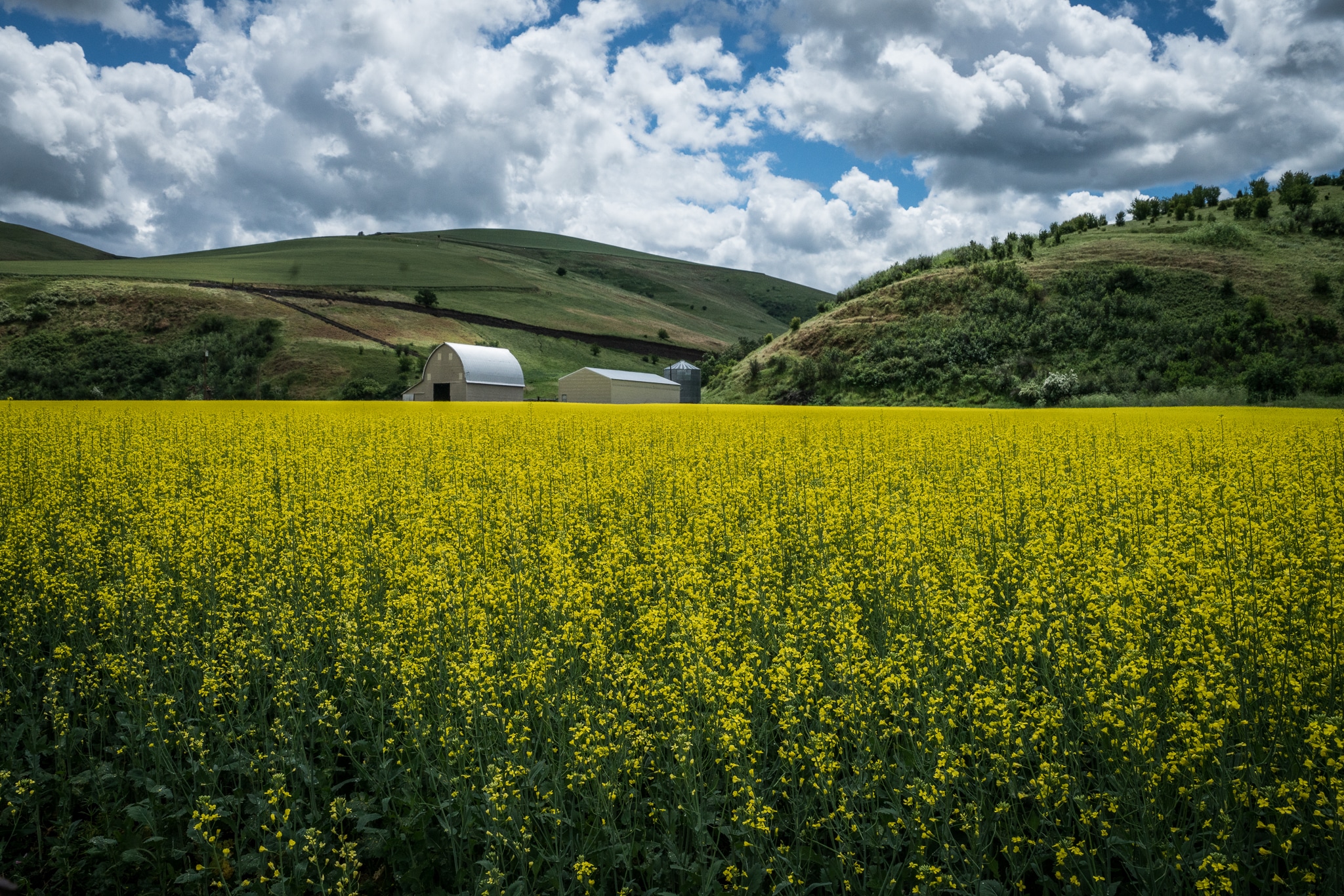Do Deer Eat Berries? A complete guide to wild deer food
Do deer eat berries? Some things may come as a surprise for some hunters when looking at deer diet. Though tasty fruits like berries may catch the attention of deer other food sources are often more common in a deers diet. Of course time of year is a big factor in diet options available to deer so lets break down some of the most common and sought after dietary options for deer.
Deer eat berries frequently in the wild. Berry season is a short and highly competitive window for deer to gain precious calories. Often other food sources will win out over berries in favour of being more reliable and plentiful.
Dietary needs for deer can be rather surprising to some. Due to the nature of their digestive system some foods are necessary to help aid in digestion. Time of year is also a major factor in determining what the primary diet of that animal is at that particular time. Geographic location will of course also play into dietary options for deer.

Deer’s Digestion
A deer’s digestion relies heavily on leaves, twigs, and buds of shrubs and young trees. Known collectively as browse this critical part of a deers daily diet helps stimulate their digestion system. A Whitetail Deer will consume 7 to 10 pounds of browse on a daily basis.
Five common types of browse that deer commonly eat are:
- Willow
- Ash
- Aspen
- Sagebrush
- Honeysuckle
These food sources are extremely important to deer due to the fact that deer are ruminant. If an area is rich in cropland however sparse in these low laying shrubs and trees large deer numbers will be impossible to maintain.
Ruminant: an even-toed ungulate mammal that chews the cud regurgitated from its rumen. The ruminants comprise the cattle, sheep, antelopes, deer, giraffes, and their relatives.
Reminder for those looking to enhance deer habitat that bushes such as willow also double as cover and concealment for deer.
5 Big Deer Foods
These 5 favourites of deer are well known to many hunters and will hold a deer’s appetite at different times. These dietary choices for deer will supply them with the majority of their calories. Knowing when these foods are in their prime attractive state can be extremely beneficial to hunters.
Acorns
A favourite in eastern North America acorns are a staple in a deers diet. Deer prefer acorns that fall without their caps due to their enhanced flavour and texture.
Corn
Corn is a fantastic crop that is not only feeds deer but provides habitat during the growing months. Deer will flock to newly combined field to clean up any spilled and or wasted crop.
Alfalfa
A common second growth crop in the west alfalfa is exceptional at feeding deer during the winter months. Alfalfa is at its peek attraction when newly seeded in the spring.
Apples
Without a doubt a favourite of deer this sugary fruit is both good habitat for browse and low maintenance for hunters that are both lucky and patient enough to have an orchard.
Soybean
A more common crop in the east soybeans attract deer in early fall to the plants green leaves and back agin in the winter to eat the beans.
Food Plots
Food plots are a common tactic for hunters to help control deer numbers and grow genetics. The previously stated 5 big deer foods are commonly used in some food pots to attract deer however when looking into the art of food plots your options are plentiful.
Nutrition and Hunting plots
Nutrition plots are exactly what it sounds like. Though you are able to hunt over a nutrition plot these plots are usually larger in size and help make the surrounding area more appealing to deer.
Common food types for nutrition plots are clover, corn, and soybeans. Clover is especially interesting for many hunters due to the fact that a good clover plot can last anywheres from 3 to 5 years with proper maintenance.
Hunting plots are smaller then the previously stated nutrition plots and are more carefully placed to help draw deer out for a shot.
Common food types in hunting plots are brassicas and cereal grains such as wheat, oats, and barley.
It is common to combine a couple of different crops that hold attraction at different times to help keep deer on your plots.
Orchards
Orchards are an excellent option for hunters looking to attract deer. With the fruit of course being an excellent attractant as well as the small branches and buds adding to the deer’s diet orchards are an excellent option for hunters.
Young orchards will need to be protected from browsing deer for the first five to six years. To do this a deer fence will have to be put up around the young orchard for the majority of the year and can be removed in fall.
Orchards require minimal maintenance in late winter (while trees are still dormant) with some minimal pruning and fertilizing to aid in growth and fruit production.
Commercial Farm Land
Fields that are farmed commercially hold deer throughout the year with notable spikes in deer numbers during specific times of the year where food is available. Often second-growth fields are hotspots in late fall for good deer numbers.
Second growth most commonly out west is alfalfa and will feed deer well into the winter months.
Crop fields that are harvested in late summer or early fall are deer magnets due to the fact some crop is always wasted in the harvesting process making for high-quality feed for deer.
Fields with potentially low deer numbers are ones that have little to no second growth or have been harvested early with little to no leftover feed to hold deer.
Remember that due to the size of commercially farmed land pinpointing deer hotspots can be more difficult than smaller and more strategically placed food plots.
